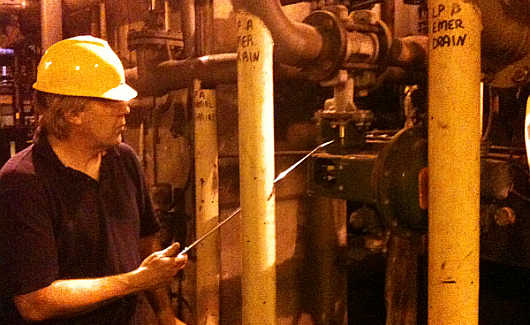
The standards for leak detection vary by component type, service (light/heavy liquid, gas, vapor), and monitoring interval. Leaks can be detected by visual inspections, such as: dripping fluids, spraying, misting or clouding around components. Or other observations such as sound (hissing) or smell.
The benefit of using a highly sensitive Helium Leak Detector is that leaks can be detected into the minus ten range, long before they become large enough to see, hear or smell.
These are some of the main sources of equipment leaks in refineries, petrochemical and chemical processing facilities.
Top Sources of Equipment Leaks:
- Pumps – leaks in pumps typically occur at the seals.
- Valves – leaks are found in the stem or gland of the valve body, and are usually caused by problems with the valve packing or O-ring.
- Connectors (Flanges & Fittings) – leaks are caused by failed gaskets and poorly torqued bolts on flanges.
- Sampling Connections – leaks usually are found at the outlet of sampling valve.
- Compressors – leak are frequently due to failure of the seals.
- Pressure Relief Valves – leaks can occur at the seals from wear or damage, an improperly seated valve, or a ruptured disk gasket.
- Open-ended Lines – leaks tend to occur at the point of the line where it is open to the atmosphere and are caused by poorly implemented block or plug.
Our experienced leak detection technicians can help keep your facility online and running efficiently.